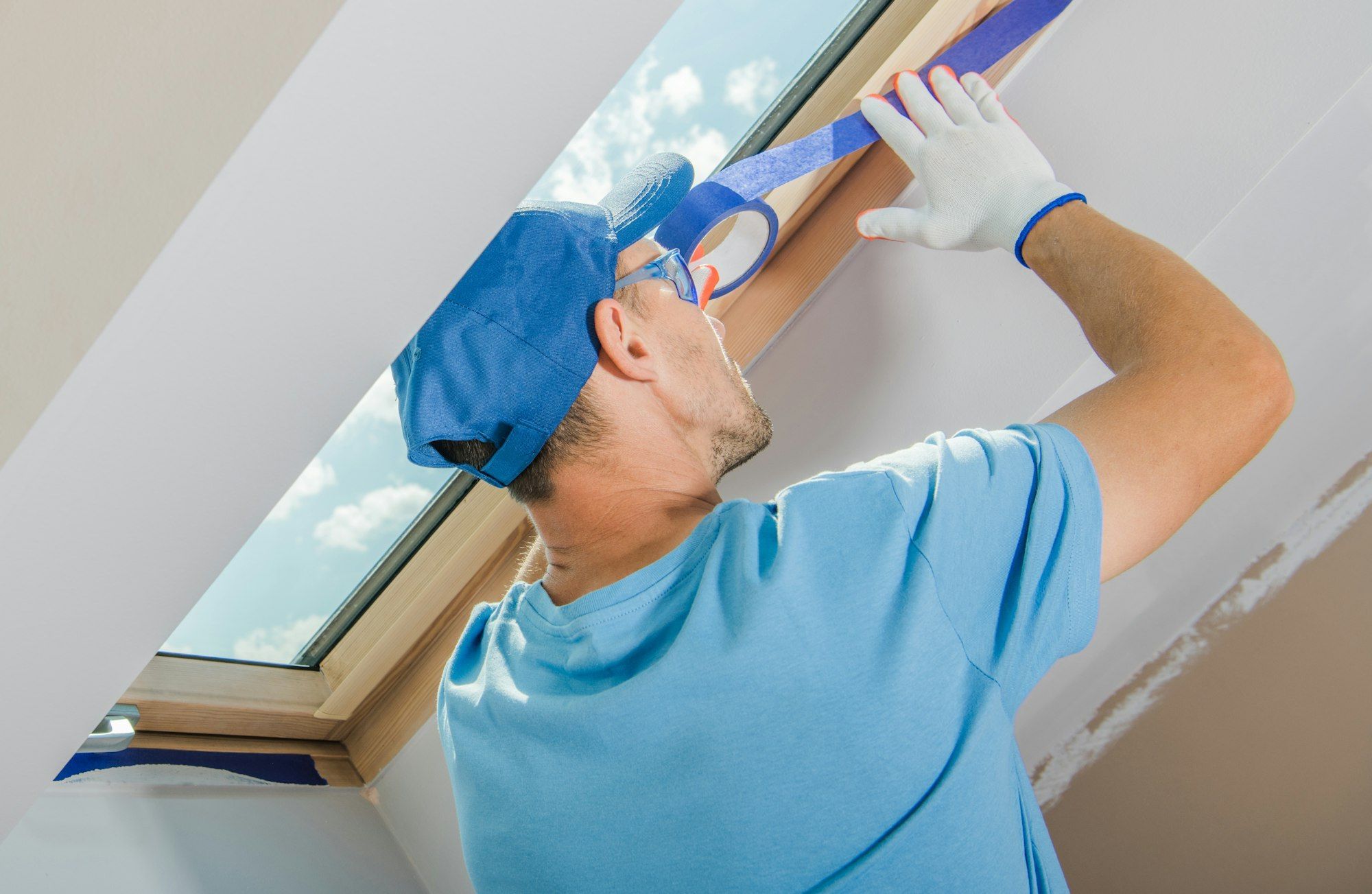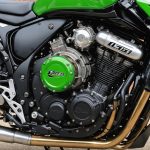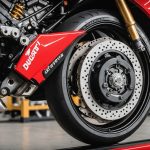Understanding Digital Dashboards for Classic British Cars
Exploring digital dashboards in classic cars uncovers a blend of vintage charm and modern advantages. These technological enhancements can replace or complement traditional analog gauges, revolutionising how drivers interact with their vehicles. Digital dashboards often feature a more dynamic display, offering customisable settings to showcase various car metrics with more precision.
Compared to analog gauges, which have a timeless appeal, digital dashboards provide real-time updates, like speed and engine performance, delivered with higher accuracy. The visual display adapts, allowing drivers to personalise the interface based on preferences or driving conditions. This transition not only modernises the vehicle but boosts its functionality.
Also to discover : Step-by-Step Guide to Installing a Remote Start System in Your British Hybrid Car
However, when choosing a digital dashboard for a classic car, several considerations are vital. Compatibility is essential; the dashboard must integrate seamlessly with the car’s existing systems. Ease of use is another factor, ensuring the interface doesn’t diminish the driving experience. Finally, maintaining the aesthetic value of the classic design should be considered, making sure the new technology complements rather than overpowers the car’s original features. By understanding these critical aspects, classic car enthusiasts can artfully blend tradition with innovation.
Tools and Materials Needed for the Installation
To ensure a smooth installation of your new dashboard components, having the right tools and materials is crucial. First and foremost, gather all essential automotive tools. You will need screwdrivers (Phillips and flathead), a socket set, and a panel removal tool. These will help safely remove old components without damaging them.
Also read : Maximizing Range: Strategies to Enhance the Aerodynamics of British Electric Vehicles
For wiring materials, make sure to have a multimeter on hand to check connections and voltage. You’ll also require wire strippers, electrical tape, and connectors. These are vital for ensuring proper electrical safety and functionality.
When it comes to purchasing these items, opting for reliable brands can save both time and hassle. Brands like Bosch and Draper offer reputable socket sets and screwdrivers, known for their durability. For electrical tools, consider Fluke multimeters and Klein wire strippers, which are trusted for their precision and efficiency.
High-quality wiring materials can also be sourced from reputable stores or websites specializing in automotive electrical components. By investing in dependable installation tools and materials, you set the foundation for a successful setup, minimizing errors and ensuring the longevity and efficiency of your new dashboard system.
Selecting the Right Digital Dashboard
Choosing the right digital dashboard for your vehicle can be challenging. It’s essential to understand the different types of digital dashboards. Each type offers unique features and benefits. Let’s explore these to help you make an informed decision.
***
Different Types of Digital Dashboards
Digital dashboards come in various configurations. Basic models provide essential data such as speed and fuel, while advanced versions include integrated navigation and diagnostics. It’s crucial to select a dashboard that aligns with your requirements and enhances your driving experience.
Key Features to Look For
When selecting a digital dashboard, consider these features:
- Ease of Use: Look for intuitive interfaces that make data accessibility straightforward.
- Customisation Options: Ability to personalise display settings can add value.
- Durability: Ensure the unit can withstand various environmental factors.
Compatibility with Classic British Cars
Compatibility with classic British cars requires special attention. Review specifications to ensure the dashboard fits snugly. Brands like Smiths and Dakota Digital offer models suited for vintage vehicles. Ensure wiring harnesses match your car’s setup to avoid installation issues. Additional features like custom gauge faces and period-style settings can enhance both functionality and aesthetics, blending modern tech with classic style seamlessly.
Step-by-Step Installation Guide
Embarking on DIY car projects can be both exciting and rewarding, offering the chance to personalise your vehicle. Start by preparing for the dashboard installation. Gather all necessary tools and components for a smooth process.
Detailed Instructions
- Removal: Carefully detach the existing dashboard by unscrewing all fasteners. Ensure you track where each piece goes for easier reassembly later.
- Disconnect Wiring: Make sure to unplug all existing wires, being mindful of their placement and function. Document connections for reference.
- Dashboard Installation Steps: Position the new dashboard in place, ensuring proper alignment with mounting points. Reconnect all wires according to your documentation. Verify each connection by checking compatibility with existing vehicle systems.
Wire Connections and Integration:
Pay close attention to integrating new elements, like a digital display, with your car’s system. You may need to splice wires or use connectors to ensure everything functions seamlessly.
Tips for Success
- Planning: Provide yourself with a clear overview and breaks to keep focus.
- Clean Installation: Avoid clutter by tying and organising cables, which will improve both aesthetics and functionality.
- Testing: Once installed, thoroughly test all components before completing the reassembly of covers and fasteners.
Wiring Diagrams and Electrical Considerations
When dealing with classic car wiring, ensuring accuracy is crucial for both functionality and safety. Correctly interpreting a wiring diagram is integral to maintaining the electric flow and avoiding hazards. A wiring diagram serves as a visual representation of an electrical system, showcasing the connections and layout necessary for proper operation.
For those working on classic British cars, familiarizing oneself with sample wiring diagrams is beneficial. These diagrams can often be found in service manuals or online resources and provide specific guidance for the intricate systems present in vintage vehicles. With these diagrams, updating or repairing wiring becomes more manageable and less prone to error.
Troubleshooting common wiring issues is a frequent task during installation or maintenance of an old car’s electrical systems. Some typical problems include faulty connections, corrosion, or outdated wire insulation, leading to poor performance or complete failure. By understanding the diagram and tracing each wire accurately, enthusiasts can effectively identify and resolve these issues. When executed properly, this process significantly enhances the vehicle’s reliability and longevity.
In conclusion, having comprehensive knowledge of wiring diagrams and the profound impact they have on the electrical systems of classic cars is fundamental to successful restoration and maintenance.
Maintaining the Classic Aesthetic
Preserving the classic car aesthetics while incorporating modern conveniences can be a delicate balance. Dashboard customization plays a pivotal role in maintaining the nostalgic charm of vintage cars, enhancing their unique appeal without sacrificing functionality.
Blending Modern and Classic Elements
Integrating contemporary elements into a vintage design requires thoughtful consideration. For instance, upgrading the stereo system can enhance functionality while maintaining the vintage design with retro-styled panels and knobs. Incorporating modern dashboard customization that respects the original aesthetics allows car enthusiasts to enjoy updates like GPS units cleverly disguised as vintage dials.
Finishing Touches for a Cohesive Look
Attention to detail ensures that the final look is harmonious. Selecting high-quality materials, such as authentic leather and polished wood, can enhance the car’s allure. Original colour palettes should guide decisions to harmonise both new and existing features effectively.
- Tips for ensuring aesthetics: Ensure that modifications do not compromise modern functionality. High-quality speaker fabrics that mimic original textures can blend seamlessly with the rest of the interior.
- Customization options: Modern air conditioning units designed to fit vintage spaces discreetly, ensuring comfort without visual damage.
- Recommended finishes: Brass or chrome accents to echo the vehicle’s period can preserve its timeless appeal.
Challenges and Solutions in the Installation Process
Installing car components can be a thrilling yet daunting task for DIY enthusiasts. Installation challenges frequently arise due to a variety of factors. Often, the primary culprits are wiring intricacies and compatibility issues. These can lead to connectivity failures, which, if not handled properly, might escalate into more significant problems.
Planning and research are essential in avoiding car restoration issues. Before commencing the project, it is advisable to thoroughly review the specific component requirements and existing car specifications. Understanding the wiring diagrams relevant to the car model can help sidestep potential pitfalls.
In scenarios where unexpected wiring troubles emerge, seeking out troubleshooting guides tailored to specific car models could provide relief. These guides often offer step-by-step instructions which can unearth previously unnoticed solutions.
To aid in managing compatibility issues, prepare a checklist that ensures every part aligns perfectly with your car’s make and model. Many DIY attempts that falter, do so because of an oversight in the pre-installation research stage. Therefore, equipping oneself with adequate information not only ensures precision in the installation process but also fosters a sense of accomplishment upon successful completion.
Additional Resources and References
Embarking on a classic car restoration can be overwhelming, but there are ample online resources to guide you. Accessible platforms offer tutorials for every level of enthusiast, equipping restorers with vital techniques and insights. Digital dashboard reviews provide necessary evaluations to ensure you choose the best fitting enhancements for your vehicle.
Exploring the world of online communities is beneficial. Enthusiast forums are treasure troves of shared experiences and advice, housing both novices and seasoned restorers exchanging practical tips and trouble-shooting skills. Whether it’s car restoration resources or intricacies of installing a modern digital dashboard in a vintage vehicle, these communities are invaluable.
For those considering advanced modifications, reference materials abound across multiple platforms. They delve deeply into technical aspects, facilitating informed decision-making. Whether you need assistance with particular challenges or inspiration for custom approaches, turning to these trusted resources can make your restoration journey smoother.
In this digital age, a supportive network is but a few clicks away. Discovering these resources and becoming part of online communities not only enhances your restoration project but also enriches your passion for classic cars.











